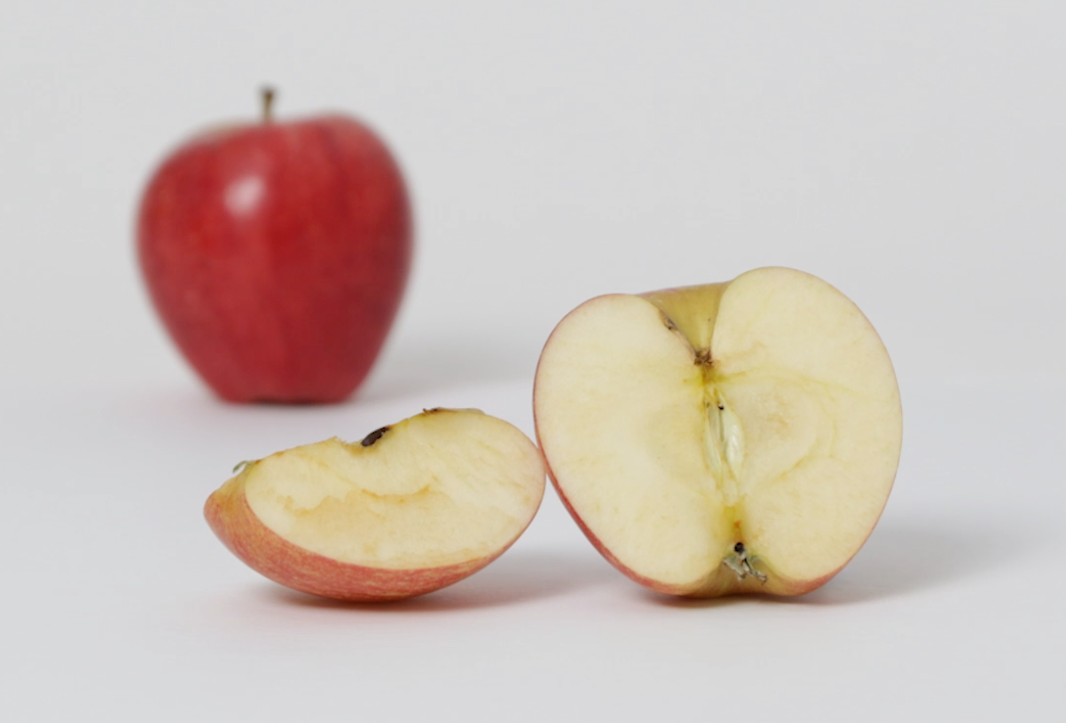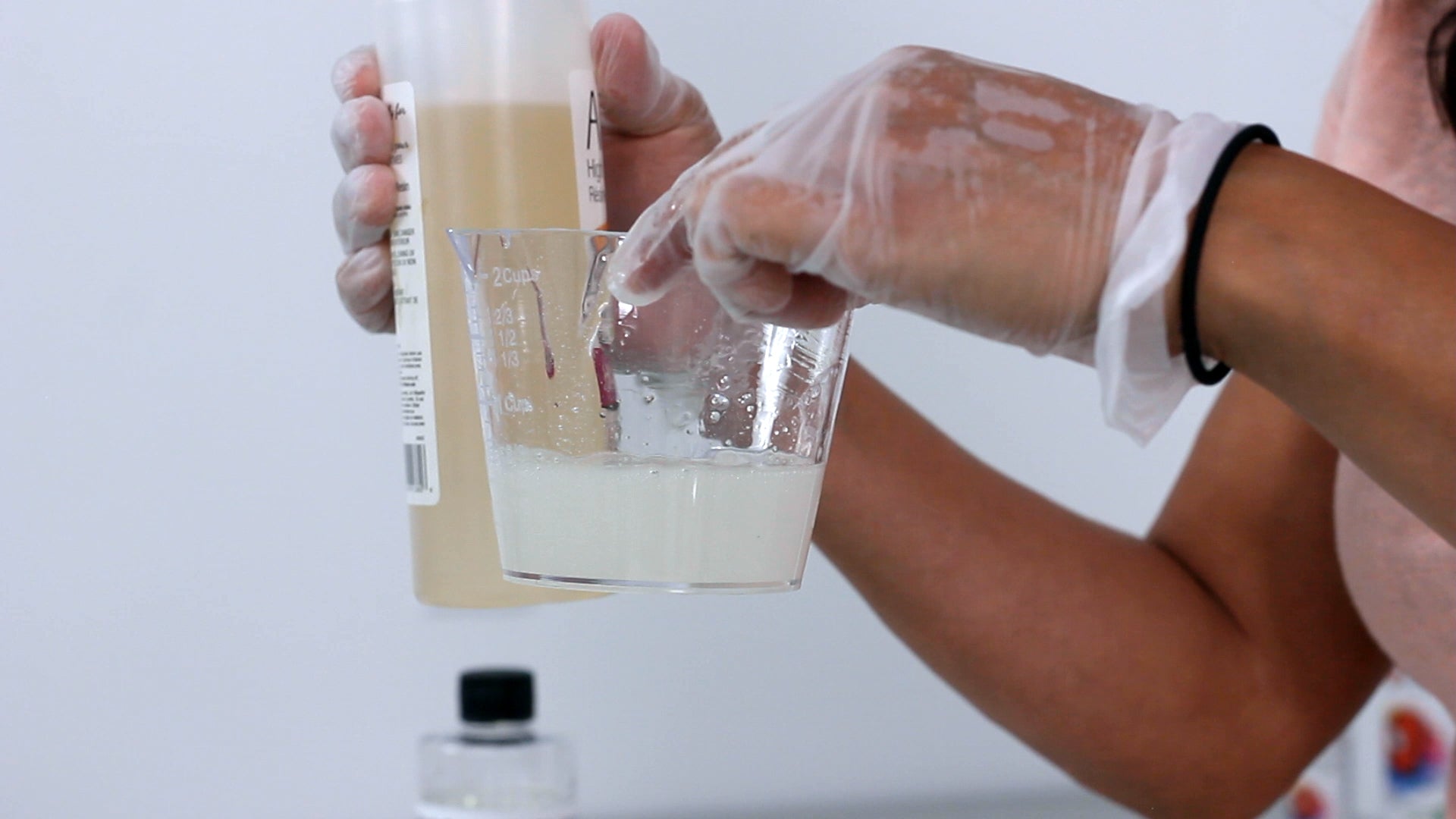If the bottles remain unopened, ArtResin has a recommended best before date of 12 months from the date of manufacture. Once the bottles have been opened, however, the recommended best before date is 6 months from the date of manufacture.
You can find the manufacture date on the label to make it easy to track how fresh your ArtResin is!
Here's Scott from our production team at our facility in Dallas, Texas to explain:
What Does ArtResin's Shelf Life Refer To?
ArtResin's shelf life refers to how long you can expect the product to stay as water-clear as the day it was made. ArtResin's shelf life is shortened once opened because of oxidation: when you open the bottle, the hardener comes into contact with oxygen and creates a yellowing effect, much like an apple that browns once it has been cut and exposed to air. Thankfully, this yellowing doesn't become apparent until approximately the 6 month mark.
💡 TIP: To minimize oxygen exposure and delay oxidization, always re-cap the bottle as soon as you finish pouring your hardener.

What's The Difference Between Oxidation and Yellowing From UV?
It's important to note that yellowing that results from oxidation is entirely different than the yellowing caused by UV exposure:
- Oxidation is caused by oxygen exposure and causes the hardener to discolor. Once ArtResin cures, it becomes inert and the hardener will no longer react with oxygen or yellow further.
- UV light damage causes yellowing in cured epoxy resin. ArtResin is chemically engineered with two different types of UV inhibitors to offer the best yellowing protection on the market.
Can I Use ArtResin That Has Passed Its Recommended Shelf Life?
YES, you can. If you find yourself with some product on your hands that has passed the 6 or 12 month mark, please don't toss it in the trash!
As long as it is accurately measured and mixed, the performance of the product will not be affected - it will still cure as expected even if the hardener has discolored.
💡 TIP: Remember that the yellowing you see in the hardener bottle looks worse than it is because you’re seeing it in bulk. By the time you dilute yellowed hardener with clear resin and spread it out on your work, it won't look nearly as yellow.
Check out our blog on How To Make Epoxy Resin Cure Faster.
How To Use ArtResin That Has Passed Its Best Before Date:
Though you may not want to use yellowed hardener on a white piece of artwork, we've got 4 fun and easy ways to use up yellow hardener including:
- Coating colorful paintings
- Making alcohol ink coasters
- Tinting it to make flow art
- Applying it over wood
Once you're done, you won't see a trace of yellow in the cured resin.
For full instructions, check out our blog What Can You Do With Yellowed Hardener?
What If My Hardener Bottle Doesn't Have A Manufacture Date?
We started dating the bottles in April of 2019 so if your bottle isn't showing a manufacture date on it and it has yellowed, chances are it was made before then. Not to worry, though - you can still use it for so many projects. You can tint it, you can use it over wood, and so much more!
Here's Rebecca introducing our manufacturing dates:
If you have any questions or comments, please leave them below - we'd love to hear from you!
Wondering what the red inserts are in your resin bottles - and what to do with them after you've opened them? Find out in our blog Why Do ArtResin Bottles Come With Red Caps?
Learn more about the types of epoxy resin and their uses and read our guides below:
- Does epoxy resin expire?
- What's the cure time of epoxy resin?
- Does epoxy resin shrink?
- What happens if epoxy resin freezes?
- Does epoxy resin crack?
- Is epoxy resin self-leveling?
- What's the working time of ArtResin?
- What does epoxy resin smell like?
- Is epoxy resin waterproof?
- How does moisture affect epoxy resin?
- How does hot weather affect epoxy resin?
- How does cold weather affect epoxy resin?
ArtResin: Made For Artists, By Artists.


